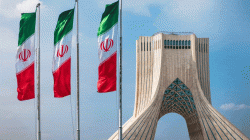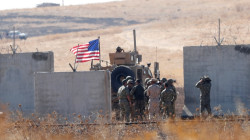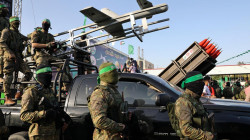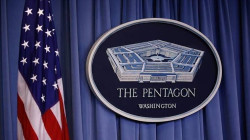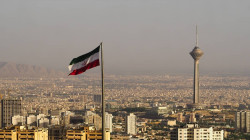Ticking Bomb: Political Assassinations in the Middle East
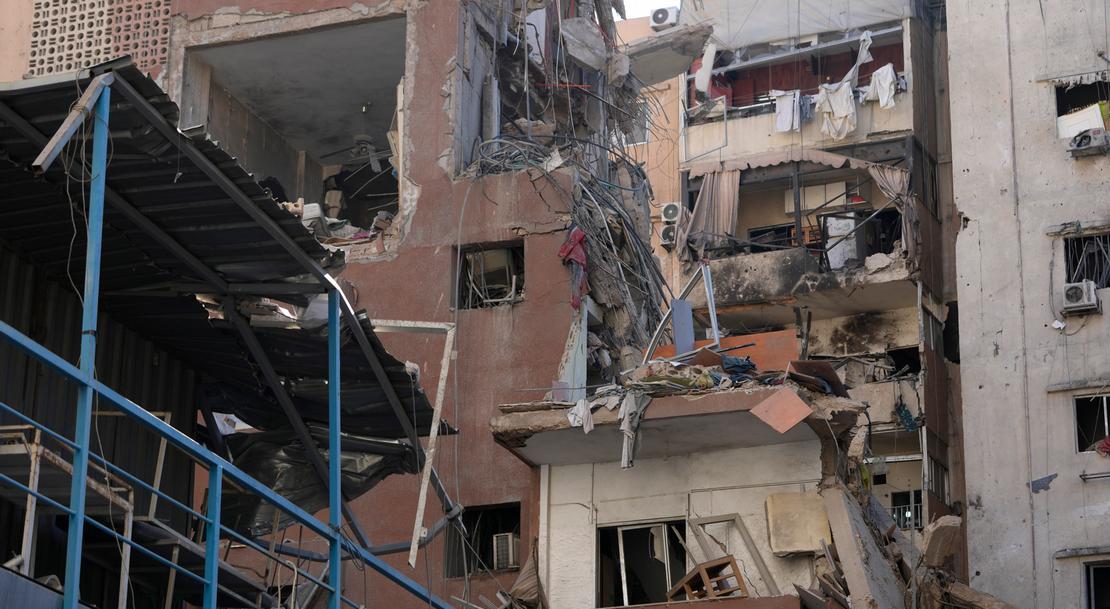
Shafaq News/ Political Assassinations have markedly increased in recent years, reflecting broader trends of escalating global tensions and conflicts. This alarming pattern is evident in a range of high-profile cases, from the shooting of former US President Donald Trump to the recent attack on Hamas leader Ismail Haniyeh and the drone strike targeting Sudanese Sovereignty Council Chairman Abdel Fattah al-Burhan.
Middle Eastern Turmoil
The Middle East has been experiencing significant unrest and political turmoil. The aftermath of the "Arab Spring," which led to profound shifts in political, social, and economic structures, has been compounded by the rise of extremist groups such as Al-Qaeda and ISIS. This period has seen further conflicts, including the wars in Afghanistan, Iraq, and Syria, intensifying regional rivalries and producing numerous political and social contradictions.
Among the most notable incidents is the assassination of former Lebanese Prime Minister Rafic Hariri in 2005, which significantly impacted Lebanon's political landscape. Similarly, the execution of Saddam Hussein in 2006 intensified sectarian tensions within Iraq. The assassinations of Hamas leaders Sheikh Ahmed Yassin and Abdel Aziz al-Rantisi in 2004 and Hezbollah commander Imad Mughniyeh in 2008 were part of Israeli operations aimed at disrupting these groups.
In recent years, numerous leaders of extremist organizations in Syria and Iraq have been targeted and killed, including three top ISIS leaders. The April 2024 assassination of Abu Maria al-Qatani, a prominent figure in the former Al-Nusra Front, occurred amid shifting regional alliances and potential reconciliation between Ankara and Damascus. However, recent attacks have further worsened the situation.
Recent High-Profile Assassinations
The ongoing conflict in Gaza has intensified, with repercussions spreading across the Middle East. Recent high-profile assassinations have significantly heightened regional tensions, impacting cities from Tehran to Beirut and extending to Baghdad and Sana'a.
In early 2024, Israeli forces targeted and killed Salah al-Arouri, a senior Hamas leader based in Beirut's southern suburb, exacerbating regional violence and prompting retaliatory attacks by Hezbollah against Israeli positions. The situation further escalated with the assassination of Ismail Haniyeh, the head of Hamas's political bureau, in Tehran. This attack, carried out via airstrike, has been met with strong condemnation from Iran, with Supreme Leader Ayatollah Ali Khamenei vowing retaliation.
In April 2024, an Israeli strike on an Iranian diplomatic facility in Damascus resulted in the death of Major General Mohammad Reza Zahedi of the Iranian Revolutionary Guard Corps. In response, Iran launched missile and drone attacks on Israeli cities and military sites, nearly triggering a broader regional conflict. This escalation involved the United States, the United Kingdom, and France as they joined efforts to counter Iranian retaliation.
The recent assassination of Major General Mohammad Reza Zahedi in Syria is part of a broader pattern of targeted killings by Israel. Prior to his death, Israeli forces had eliminated other key Iranian officials, including Brigadier General Reza Mousavi and senior intelligence officer Hojjatollah Amidwar.
Ronen Bergman's 2018 book, "Rise and Kill First: The Secret History of Israel's Targeted Assassinations", provided a comprehensive overview of Israel's extensive use of targeted killings since World War II.
The targeted killing of General Qasem Soleimani, the commander of the Iranian Quds Force, alongside Abu Mahdi al-Muhandis, a senior leader in Iraq's Popular Mobilization Forces (PMF), remains one of the most consequential assassinations in recent history. Ordered by then-US President Donald Trump on January 3, 2020, this drone strike had profound implications for the Middle East's geopolitical landscape. Soleimani's death significantly impacted both Iranian and Iraqi politics, heightening tensions between the United States and Iran.
In Iraq, the strike intensified domestic pressures on the government to reevaluate the US military presence. Both the administrations of Prime Minister Mustafa al-Kadhimi and his successor, Mohammed Shia Al-Sudani, faced mounting demands from various political factions and militias to expel US forces. Subsequent incidents, including the American strike on a PMF base in Jurf al-Sakhr and the assassination of Ismail Haniyeh in Tehran, further fueled calls for reassessing US military involvement.
The recent escalation in regional violence, marked by the assassination of Ismail Haniyeh in Tehran and the killing of Hezbollah senior commander Fouad Shukur in an Israeli airstrike in Beirut, has heightened fears of a broader conflict. The situation is compounded by the airstrike on the PMF base, which killed four members. Observers are increasingly concerned that these incidents indicate a deliberate shift by Israeli Prime Minister Benjamin Netanyahu towards a more aggressive stance in the regional conflict, reflecting a new phase of heightened risk and potential instability in the Middle East.
Historical and Contemporary Context
Assassinations have historically been used to eliminate key figures and destabilize adversaries, and they are not confined to any single region or type of society. The troubling rise in political assassinations signals a global landscape fraught with political, social, and security tensions. This surge highlights the persistent and growing volatility in international and regional relations, often manifesting through targeted killings and armed confrontations.
Observers note that these assassinations are symptomatic of deeper crises and heightened animosities. Historical records reveal that assassination has been a part of human history for centuries, with some religious narratives tracing the first instance to the biblical story of Cain and Abel. Throughout history, no era, kingdom, or nation has been completely free from assassinations. Notably, some high-profile killings have exacerbated conflicts, such as the assassination of Archduke Franz Ferdinand in 1914, which ignited World War I.
In more developed nations, assassinations have also been prevalent. Notable examples include the murders of President John F. Kennedy, President Abraham Lincoln, and civil rights leaders Martin Luther King Jr. and Malcolm X. Researchers define political assassination as a premeditated and systematic act aimed at removing individuals with significant political, military, intellectual, or religious influence. The primary goal is to weaken the targeted individual's affiliated group while bolstering the perpetrator's own position and gaining strategic advantages. Psychological studies suggest such acts may reflect deeper, primal aggression within human behavior, particularly in volatile regions like the Middle East.
"Deep State" Concept
Political assassinations have long been a tool used by powerful, covert factions within states to achieve broader objectives, often eliminating leaders who pose a threat to their interests. This concept of a "deep state"—a network of influential and often secretive actors working behind the scenes—has been cited in various historical contexts.
One of the most notable examples is the assassination of Julius Caesar in 44 BCE, orchestrated by Roman senators who saw Caesar's power as a threat to their influence and the Republic's traditional structures. This act was intended to restore the balance of power and preserve the aristocratic status quo. In ancient Egypt, similar motives can be observed in the actions of temple priests against Pharaoh Akhenaten, whose shift towards monotheism clashed with the entrenched religious establishment.
Throughout the histories of the Umayyad and Abbasid Caliphates, assassination attempts were common, with almost every caliph facing plots against their lives. In modern times, theories suggest that the assassination of President Kennedy might have been orchestrated by deep-state elements within the United States, with some believing Kennedy's policies threatened powerful factions. The subsequent killing of Lee Harvey Oswald, the alleged assassin, further fueled speculations about a larger conspiracy.
Fidel Castro, the former Cuban leader, reportedly faced over 600 assassination attempts throughout his nearly 60-year rule, driven by US intelligence agencies and anti-Castro Cuban exiles. The methods ranged from poisoned cigars to tainted ice cream. In contrast, Salvador Allende, the leftist president of Chile, was overthrown and killed in a US-supported military coup on September 11, 1973, as part of broader efforts to counter leftist movements in Latin America.
